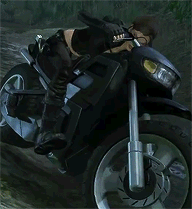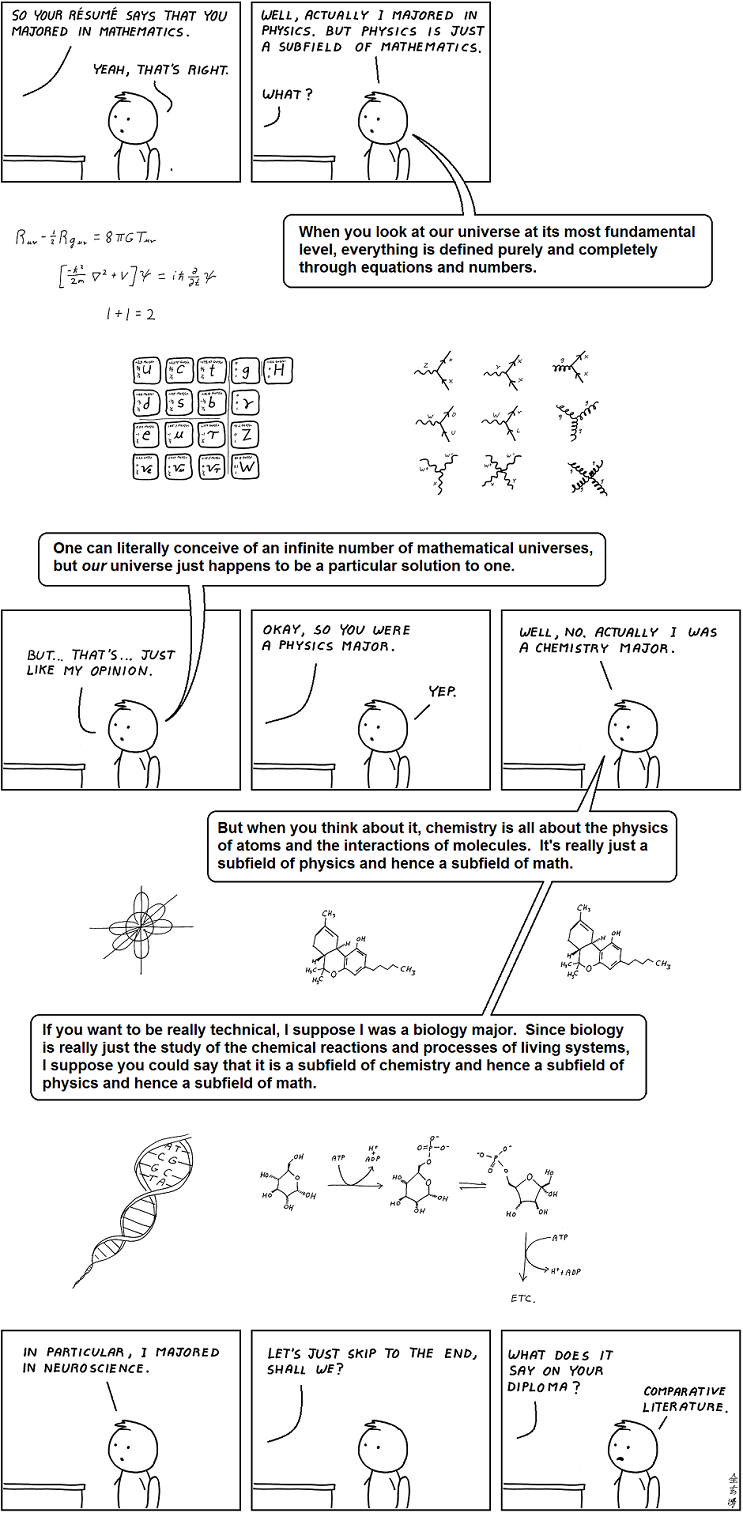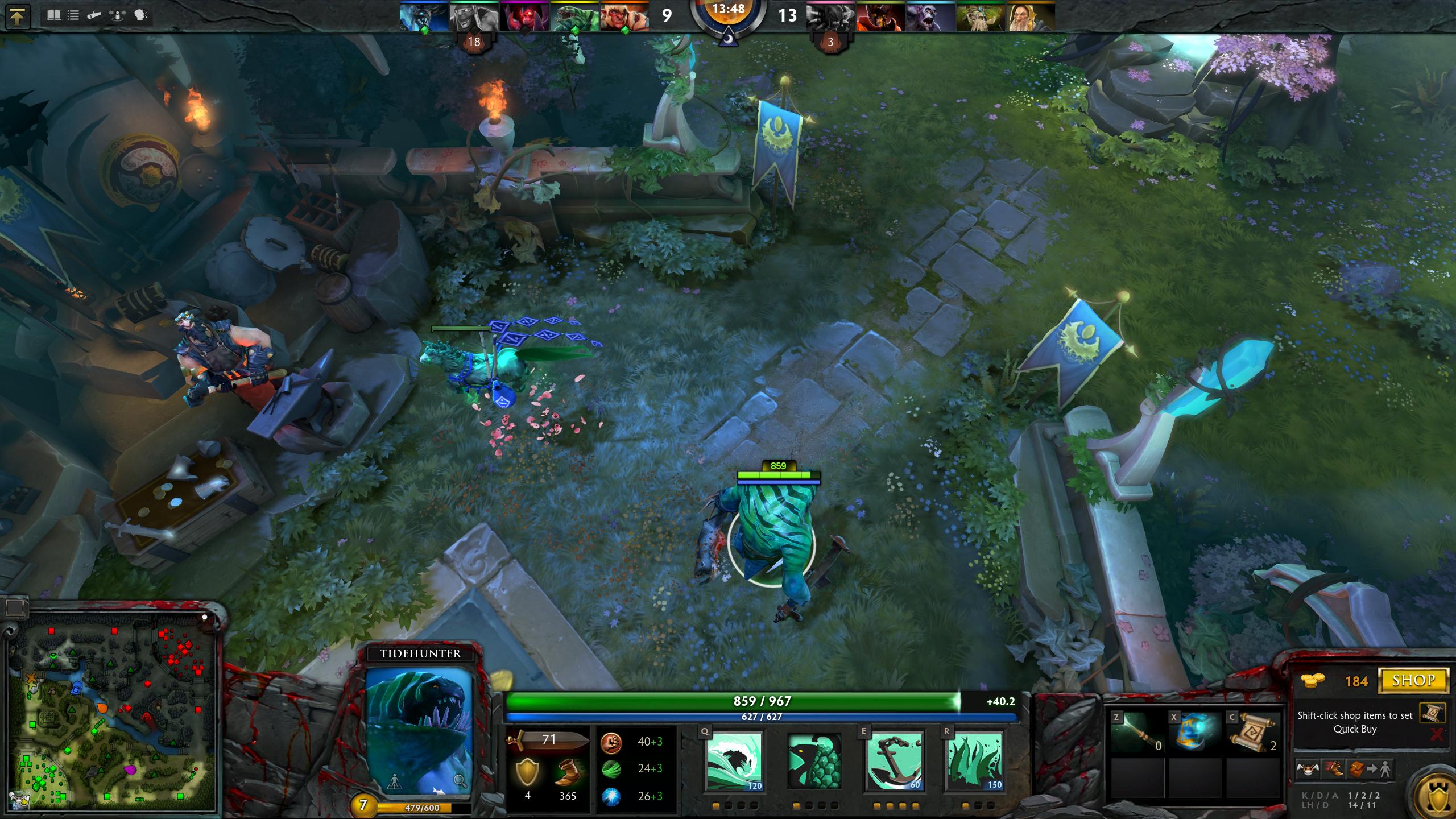Today, I left MacTalk Australia. In doing so, I put an end to almost six years of daily news posts on all things Apple, along with countless of reviews and editorials. It’s the end of an era.
I posted up the news this morning, but that all ends today. I’m leaving MacTalk — it’s time to close this particular tab, nay, entire window, in my web browser, and that means putting an end to the daily news. It’s not a decision I’ve taken lightly, seeing how much I’ve contributed here, or how long I’ve been around. And it has nothing to do with you; I’ve immensely enjoyed writing the news (and your continued readership) over the years. It’s just that this is the part where I disembark the MacTalk train, so to speak.
When editor Peter Wells left almost a year ago, I was given the choice: did I want to stay, or did I want to go? While that would have been a nice, neat, ending right there, I stayed. Even thought I knew there weren’t going to be anymore podcasts, opinion pieces, or reviews from some of the smartest people I know, I stayed because it was no different to what we’d been through before. You know, when Anthony sold to Niche halfway through 2011 and basically everyone complained about excessive advertising. I was a little disheartened by the community at that point, and said so in the piece that I wrote back then.
Tumbleweeds on the front page weren’t anything new, and I’ll even admit I got used to sharing airtime with the infamous sponsored posts of 2011.
So, I stayed. After all, someone had to, and I wasn’t ready to give up on the community just yet.
But after Mr Wells left, little by little, I wondered how much longer I could stay and write the news with little to no input from MacTalk’s parent company, with no map for the future, and no plans or goals to speak of (at least, none disclosed to me). Probably forever, if I really wanted to — but that was the question — did I really want to?
And when it came down to it, I didn’t really want to. Like I said in the last paragraph of my post above, I’ve more or less done as much as I can. MacTalk is now in that strange position where a website built around a community, not eyeballs, is expected to somehow make money while spending at little as possible — that’s not an equation for success, no matter how far you stretch the dollars.
I stayed because it was no skin off my back. And I left because there was nothing left for me to do — if Niche still have no idea where things are going a year after they re-oriented by killing off the daily articles and weekly podcasts, then I’m not sure when they will. But I guess I won’t be part of the team that finds out.
Lastly: I’m not completely ignorant. I’ve read the threads in the forums surrounding MacTalk discussions, and even participated in a few private discussions of my own. If my leaving kicks Niche and MacTalk into gear like it seems to have done, then all the best to them. I wish them the very best with their future endeavours, but at the same time, I have to ask myself what else there is to be done. The question is not what people can do to restore MacTalk to its former glories, or even whether MacTalk can be restored to its former glories at all, but what people can do to prevent it becoming a complete ghost town, any more than it currently is.
That’s not saying I don’t think it’s possible. I’m just… sceptical.
But enough about that. Onwards and upwards, as they say.
I can’t wait for you to see what’s next.










